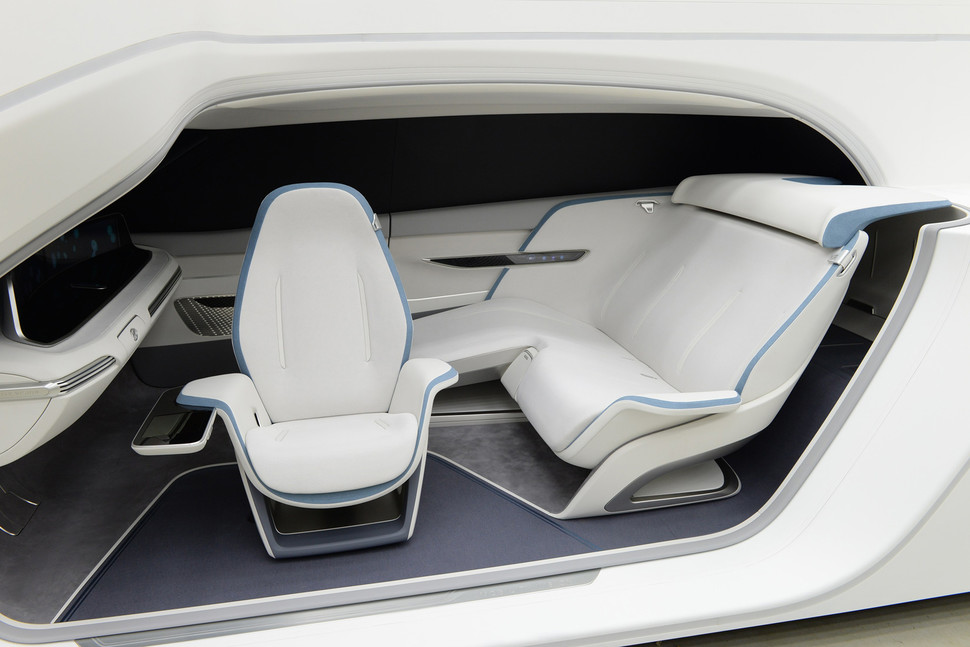FOUNTAIN VALLEY, Calif., Jan. 27, 2017 – The 2017 Hyundai Santa Fe Sport and Sonata were honored with The Car Book’s BEST BETS distinction. The Car Book recognizes vehicles that adequately cater to the safety and performance needs of the American car buyer.
The Car Book, the first and longest standing car buying guide, has helped consumers make educated decisions for 37 years. The Center for Auto Safety and The Car Book review the new vehicles in nine categories: crash tests, safety features, rollover, preventative maintenance, repair costs, warranty, fuel economy, complaints, and insurance.
“At Hyundai, we strive to be better,” said Scott Margason, director, product planning, Hyundai Motor America. “The BEST BET recognition proves that we provide our customers with the utmost in advancements when it comes to safety and performance.”
The Car Book, the first and longest standing car buying guide, has helped consumers make educated decisions for 37 years. The Center for Auto Safety and The Car Book review the new vehicles in nine categories: crash tests, safety features, rollover, preventative maintenance, repair costs, warranty, fuel economy, complaints, and insurance.
“At Hyundai, we strive to be better,” said Scott Margason, director, product planning, Hyundai Motor America. “The BEST BET recognition proves that we provide our customers with the utmost in advancements when it comes to safety and performance.”
2017 Hyundai Santa Fe Sport
With a National Highway Traffic Safety Administration (NHTSA) five-star safety rating, the 2017 Santa Fe Sport provides crash protection and rollover safety exceeding what is required by Federal Law.
- New safety equipment includes available:
- Multi-View Camera System
- Lane Departure Warning
- Dynamic Bending Lights and High Beam Assist
- Standard safety equipment includes:
- Rearview Camera
- Vehicle Stability Management (VSM) with Electronic Stability Control (ESC) and Traction Control System
- Seven airbags, including a driver’s knee airbag
- Four-wheel disc brakes and ABS with Electronic Brake-force Distribution (EBD) and Brake Assist
- Hill-start Assist Control (HAC) with Downhill Brake Control (DBC)
- Tire Pressure Monitoring System (TPMS) indicators for each tire
2017 Hyundai Sonata
The 2017 Sonata standard safety equipment includes:
- Vehicle Stability Management (VSM) with Electronic Stability Control (ESC) and Traction Control System
- A driver’s side blind-spot mirror
- Seven airbags, including a driver’s knee airbag
- Four-wheel disc brakes and ABS with Electronic Brake-force Distribution (EBD) and Brake Assist
- Tire Pressure Monitoring System (TPMS) with indicators for each tire.
HYUNDAI MOTOR AMERICAHyundai Motor America, headquartered in Fountain Valley, Calif., is a subsidiary of Hyundai Motor Co. of Korea. Hyundai vehicles are distributed throughout the United States by Hyundai Motor America and are sold and serviced through more than 830 dealerships nationwide. All Hyundai vehicles sold in the U.S. are covered by the Hyundai Assurance program, which includes the 5-year/60,000-mile fully transferable new vehicle limited warranty, Hyundai’s 10-year/100,000-mile powertrain limited warranty and five years of complimentary Roadside Assistance. Hyundai Blue Link Connected Care provides owners of Hyundai models equipped with the Blue Link telematics system with proactive safety and car care services complimentary for one year with enrollment. These services include Automatic Collision Notification, Enhanced Roadside Assistance, Vehicle Diagnostic Alert, Monthly Vehicle Health Report and In-Vehicle Service Scheduling.








